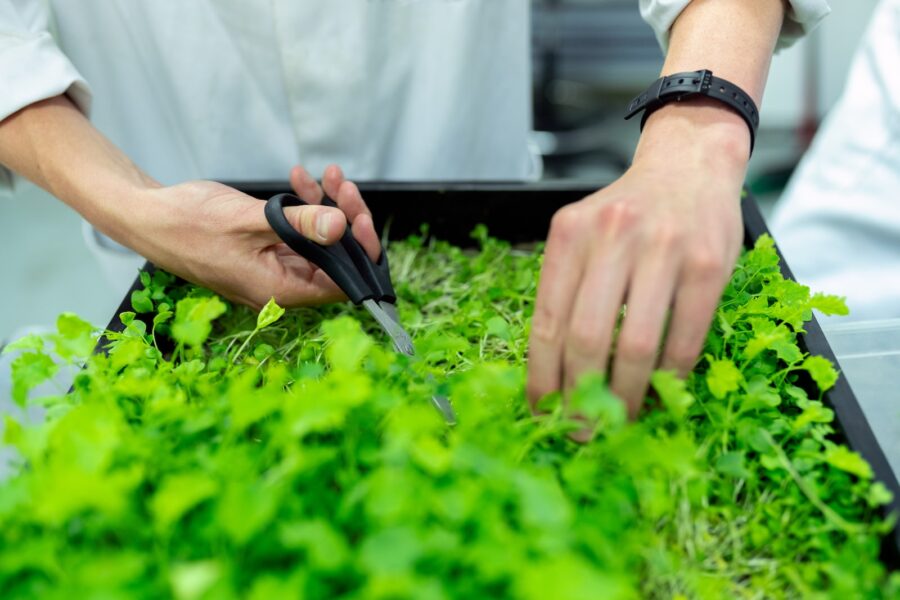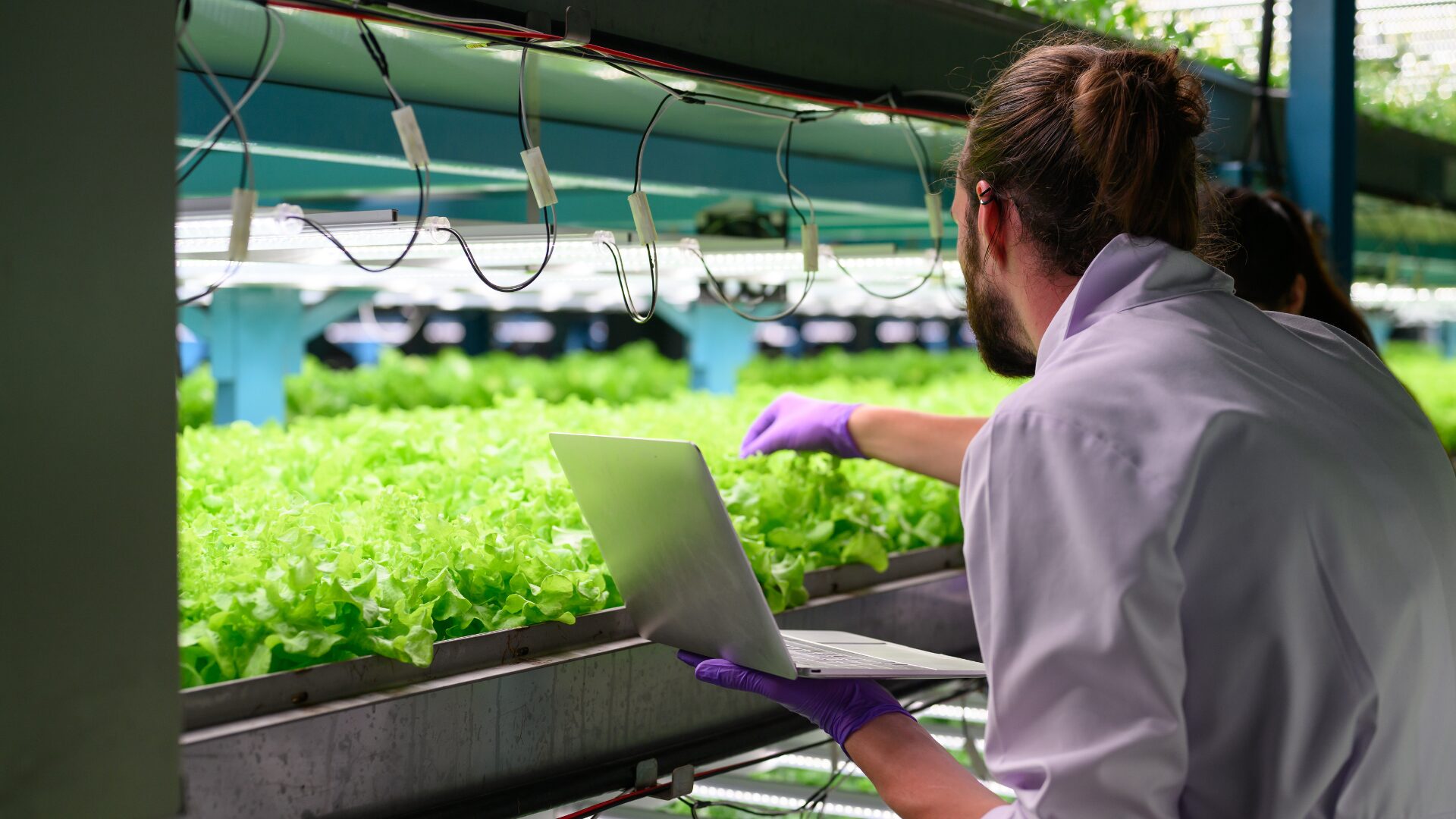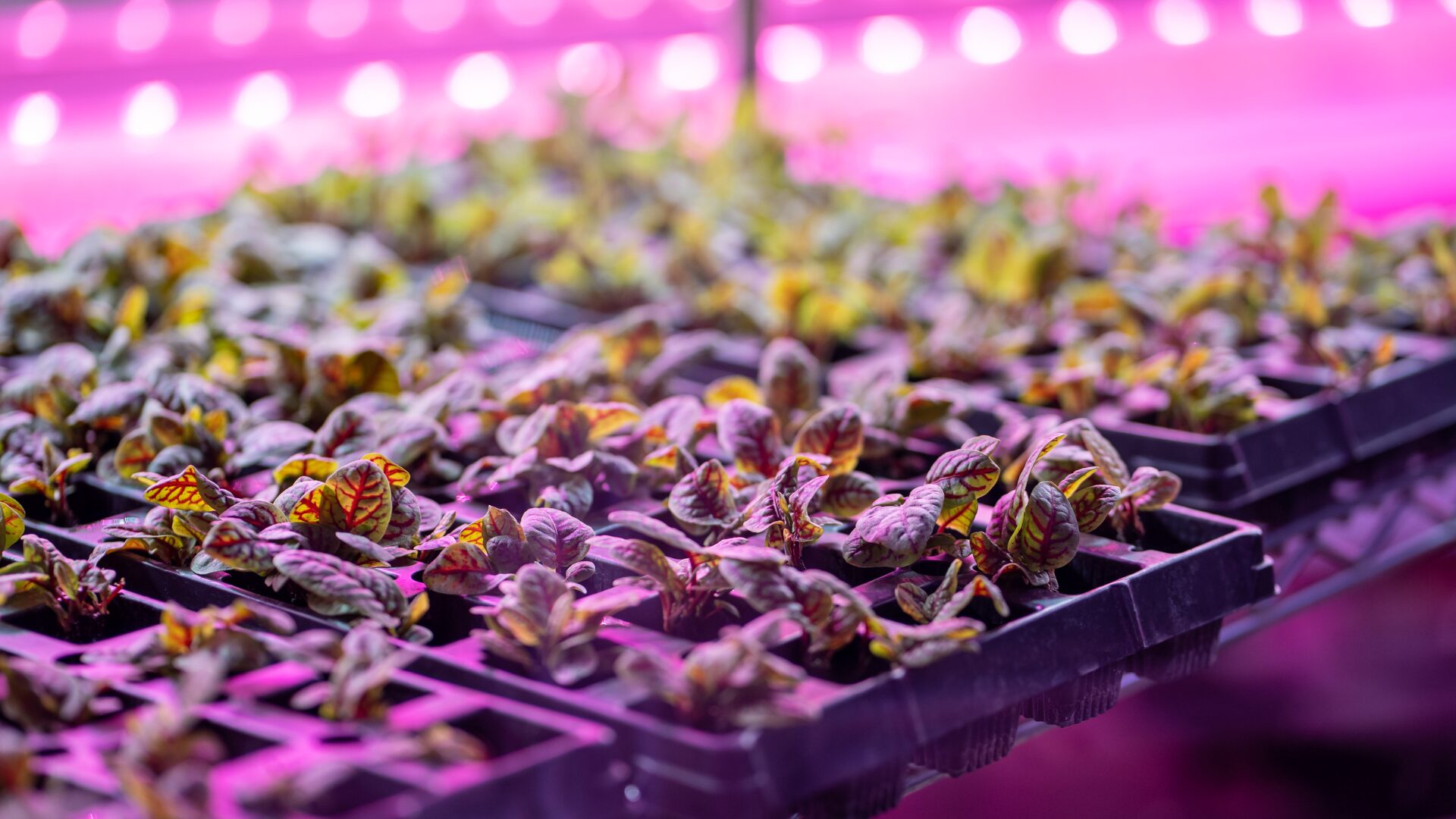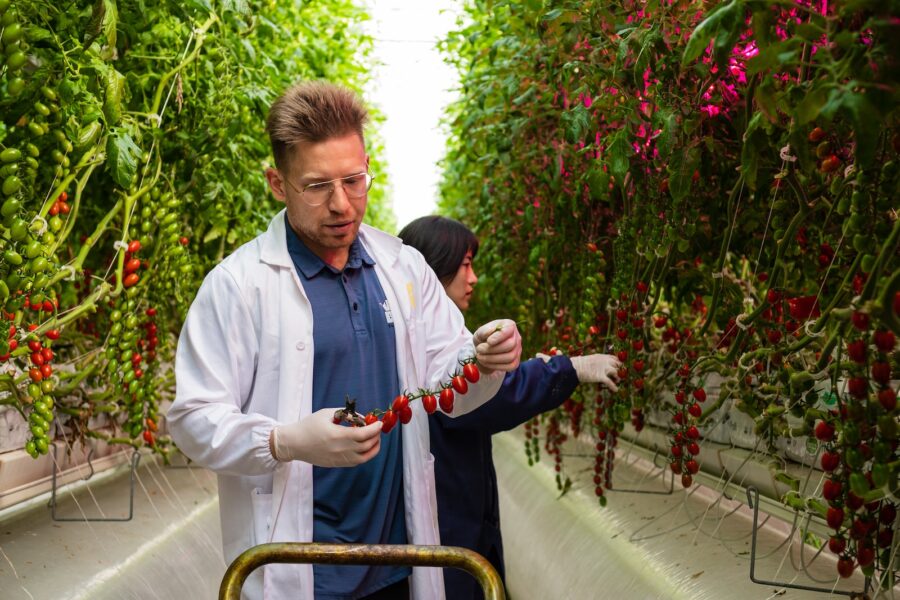Looking backwards, one fascinating aspect of the late 1990s bubble in internet stocks is that from a broad perspective investors weren’t necessarily wrong. The internet was not a fad, but indeed a transformative force. Over time, new businesses created trillions of dollars in value.
The problem is that the value wasn’t created nearly as fast as optimists believed. Pets.com, with its Super Bowl ad featuring a sock puppet, remains a poster child for the excesses of the era. But two decades later, Chewy is worth $17 billion while operating essentially the same business model.
That same story is playing out again. Speculative stocks posted a massive rally in 2020 and 2021, as investors bet heavily on the growth of industries like electric vehicles and even space travel. Over the last year or so, however, most of those stocks have plunged, as investors realized the future wasn’t arriving as quickly as hoped.
Few sectors have been more impacted by the boom/bust cycle than vertical farming. In 2020, venture capital investment in the industry neared $2 billion. In May of last year, Bowery Farming raised $300 million, the largest funding round in the sector’s history.
The optimism made its way to the public markets, as well. AppHarvest and Local Bounti both merged with SPACs (special purpose acquisition companies) last year. urban-gro, a supplier to vertical farming companies, executed a more traditional initial public offering. This year, Kalera too went the SPAC route, while Edible Garden launched its own IPO in May.
Simply put, vertical farming stocks have been a disaster.
All three SPAC mergers closed at a $10 price. Incredibly, Local Bounti is the best performer so far, with its stock barely above $2. AppHarvest trades at less than $1, while Kalera is on a near-certain path to bankruptcy less than six months after its merger closed. Edible Garden has already spent most of the $15 million it raised in May and faces its own solvency concerns.
The performance of vertical farming stocks on the public markets might suggest that the industry is a fad. But, again, the history of Internet stocks in the late 1990s and early 2000s is instructive.
The trends that drove optimism toward vertical farming and CEA (controlled environment agriculture) in 2020 and 2021 from investors both public and private still exist. The currently public vertical farming companies are in trouble, but as with their dot-com predecessors, that does not in turn mandate that the same is true for the industry as a whole.
Indeed, one public vertical farming company does provide some optimism on that front: urban-gro, which builds CEA facilities, has seen its stock rally by two-thirds since the beginning of October. A key reason was a strong third quarter report last month, in which the company disclosed a record backlog. Vertical farming facilities still are being built — the industry just needs to figure out how to actually make them profitable.
Vince Martin is an analyst whose work has appeared on multiple financial industry websites. He is the lead writer at Overlooked Alpha, which offers market-wide and single-stock analysis every week. He has no positions in any securities mentioned.












